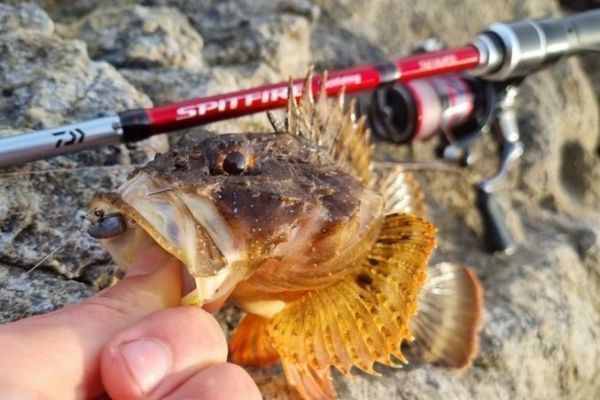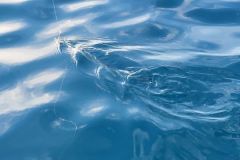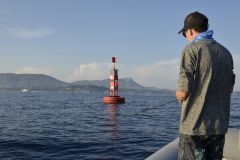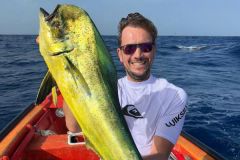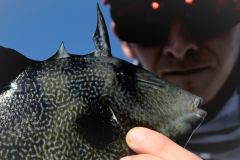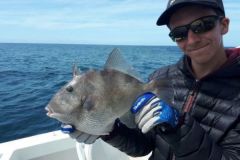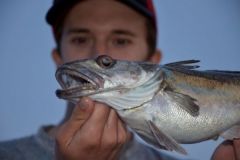Rock fish
As the name suggests, rockfishing is most often practised on or near rocky areas.
Rockfishing in rocky areas, in little water, and therefore mostly in your feet, you'll mainly hit scorpion fish, blennies and gobies. You'll also be able to lure some nice fish, particularly big-headed gobies. To ensure a maximum catch and simplify your fishing, you need to fish in your feet in calm weather, whatever the season. Prospecting is done with a jig head and a small soft lure or creature. Slowly and methodically prospect every crevice likely to harbor a fish.
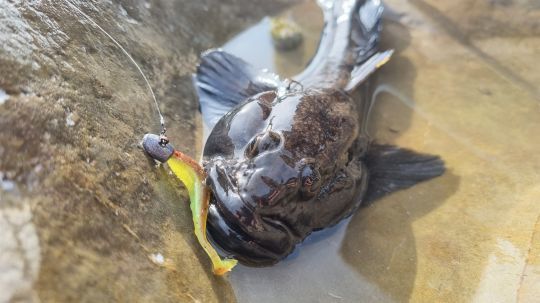
If you move a little further out and try to fish a little deeper, especially from rock heads, various labrids such as red mullet or crenilabra will also be caught on the bottom, always with leaded heads armed with soft lures or creatures. Girelles and sarrans chèvres or sarrans écritures, will also be part of the catch.
To tempt oblades, sars, even gilthead bream and wolffish, mainly use small swimming fish and comb the different layers of water.
Fishing in port areas
Where available, rockfishing in and around harbours can be used to catch a wide range of species. Various mullets, as well as oblades and saups, can be caught in open water using worms on fine lead heads.
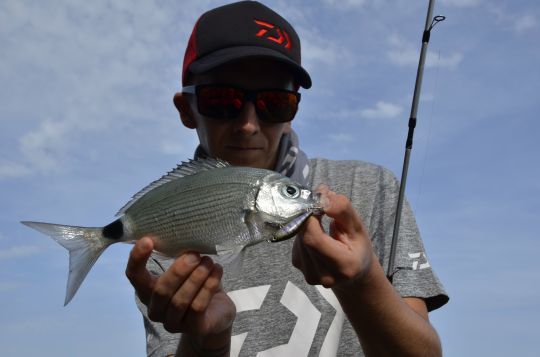
On the bottom, several species of gobies can be sought: paganel goby, speckled goby, round goby... The various species of blennies are also to be sought on the bottom, always using small soft lures or worms that are animated just above the bottom or, whenever possible, by scraping the bottom.
Fishing on sandy beaches
Although sandy areas are not the most suitable for rockfishing, it is possible to get results. Mullet, oblades, whitefish, lizardfish, mullet and even various flatfish frequent this particular biotope. A biotope to be fished with cranckbaits, micro-jigs and soft lures.
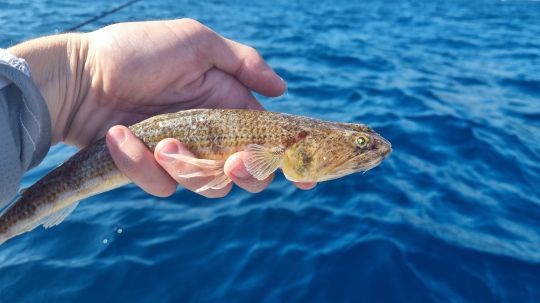

 /
/ 